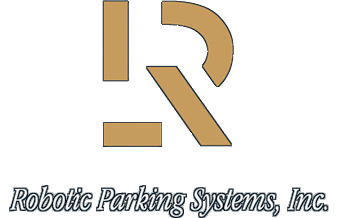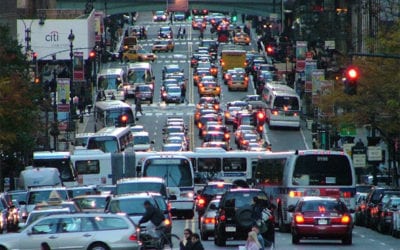“How the Intersection of Architecture and Mobility Will Shape the Cities of Tomorrow” by Jordan Goldstein and Neil Brooker is both thought provoking and inspirational.
Robotic Parking Systems Inc. pioneered high-speed robotic technology, in most cases cutting the space required for parking in half, creating more room for people, green spaces and architectural design.
The page explores ways that Robotic Parking Systems’ technology can assist city planners, architects, civic groups, developers, environmentalists and other innovative thinkers seeking to enrich our cities, and covers news of the current Robotic Parking System projects.
Subscribe and get our news and resources in your inbox.
One Size Fits All
Exclusive pallet technology allows Robotic Parking Systems to safely park cars and trucks of all sizes whether wide, long, tall, heavy or with low ground clearance. You don’t have to post a list of vehicles excluded from your garage. We handle vehicles that others can’t.
Congestion: Myth 1
Myth: Ride-hailing and car-sharing services reduce the total number of cars on the road. Reality: Transportation network companies (TNCs) often increase the number of vehicles on the road and miles driven. Deadhead miles* account...
Congestion: Myth 2
Myth: E-commerce has a zero net effect on congestion. Reality: Online shopping is putting more delivery trucks on the road and increasing congestion, particularly at the curb. It was long thought that the rise of e-commerce would...
Congestion: Myth 3
Myth: Expensive, long-term capital projects are the best way to address congestion. Reality: No single solution can solve congestion. Both near- and long-term solutions should be used to combat congestion. A holistic view must be...
Congestion: Myth 4
Myth:Current parking policies are effective at setting the right parking supply and reducing congestion. Reality: Current parking minimums lead to an oversupply of parking and induce driving, increasing congestion. Cities could...
Congestion: Myth 5
Myth:Autonomous vehicles (AVs) will soon arrive and will reduce congestion. Reality:Fully autonomous (Society of Automotive Engineers Level 5) vehicles won’t reach widespread adoption until long after 2030. Automobile and...
What makes a Robotic Parking System more “green” or environmentally friendly?
Robotic Parking Systems offers a more eco-friendly parking solution by: (a) Using 50% less space to park the same number of cars as a conventional garage. Land used affects sustainability issues such as development density and...








